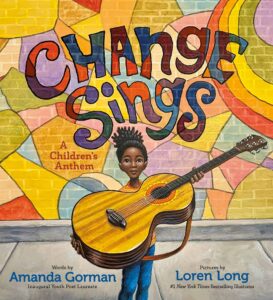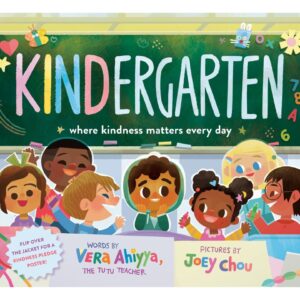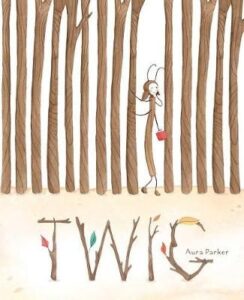 My Dog Is NOT a Scientist
My Dog Is NOT a Scientist
Author: Betsy Ellor
Illustrator: Luisa Vera
18 April 2023
Yeehoo Press
40 pages
Book description from Goodreads: “A humorous, endearing story about a passionate, young scientist who is determined to achieve her goal–no matter what! Yara is out to prove that she’s the greatest scientist in town! Her annoying neighbor Eddie always wins the Science Fair, but this year is going to be HER year. Like every good scientist, Yara starts with a question, makes observations, and comes up with a hypothesis … but each time she starts an experiment, her dog, Renzo, ruins it! Could Renzo be up to something more than making trouble? From Betsy Ellor and Luisa Vera comes a humorous, endearing story about a passionate, young scientist who is determined to achieve her goal–no matter what!”
Need some reviews on My Dog Is Not a Scientist?
Educational Activities inspired by My Dog Is Not a Scientist:
- Before Reading–From looking at the front cover:
- What do you think the title A Dog is NOT a Scientist means?
- Can you predict what the story might be about based on the cover?
- What qualities do you think a scientist should have?
- Why do you think the dog is wearing safety goggles on the cover?
- What are some ways animals can help humans learn and discover new things?
- What do you think the dog might try to do in this story?
- After Reading–Now that you’ve read the story:
- What was the main conflict in the story, and how was it resolved?
- How did the Renzo the dog’s actions lead to humorous situations in the story?
- In what ways did Renzo help the other characters learn or discover something new?
- What lesson do you think the author wanted readers to learn from the story?
- Which part of the story was your favorite, and why?
- How did the illustrations help to convey the story’s message and enhance the overall reading experience?
- Were there any moments in the story that surprised you? If so, which ones?
- Writing–Pretend you are Renzo the dog in the story and write a journal entry about your experience trying to be a scientist. How did it feel when things didn’t go as planned, and what did you learn? Use colored pencils, crayons, or markers to illustrate that story, if you choose. Consider sharing your work with a friend or family member.
- Experimenting–Yara’s a young scientist, and you can be too! With an adult–and maybe a “helper” dog like Renzo–test out any of the following kid-friendly experiments.
- Balloon Static Electricity–Spark your interest in static electricity.
- Paper Cup Phone–Sounds waves in action.
- Rock Candy–Learn about crystallization…and eat the results!
- Salt Volcano–As cool as it sounds. It’s like mini lava lamp.
- Surface Tension with a Penny–Simple to do, fun to watch.
- Further Reading–My Dog Is NOT a Scientist is indeed about science in general and science fairs in specific. Let’s look at some other picture books about those same topics. Which of these have you already read? Which of the others would you want to read first? (Click on any book cover for more information on these titles!)

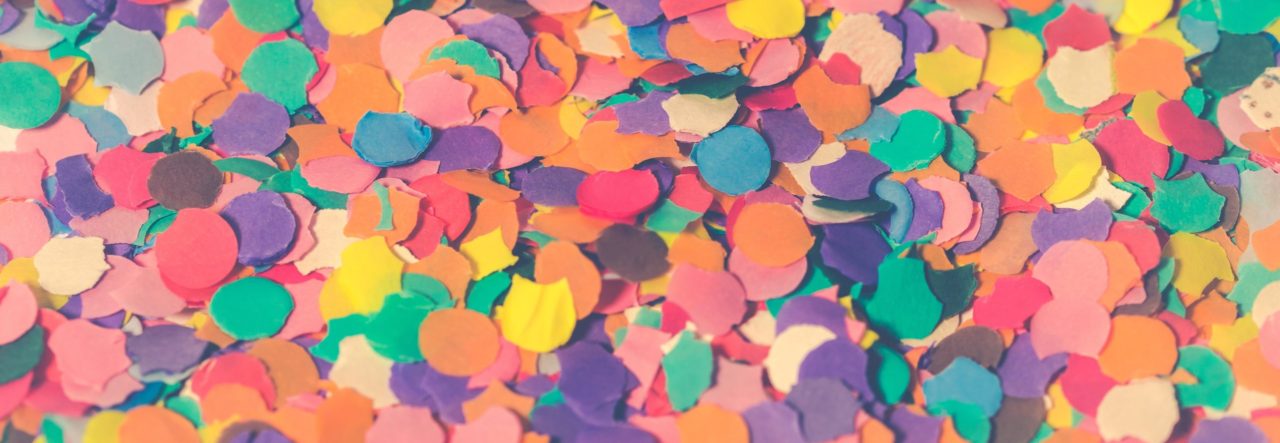




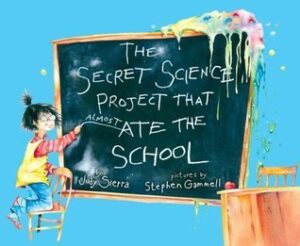
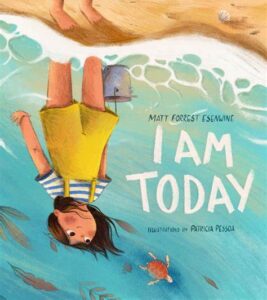
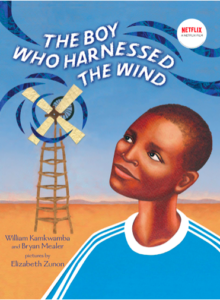
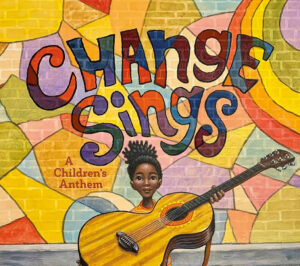
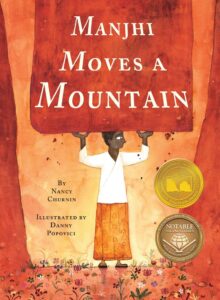








 A Good Deed Can Grow
A Good Deed Can Grow